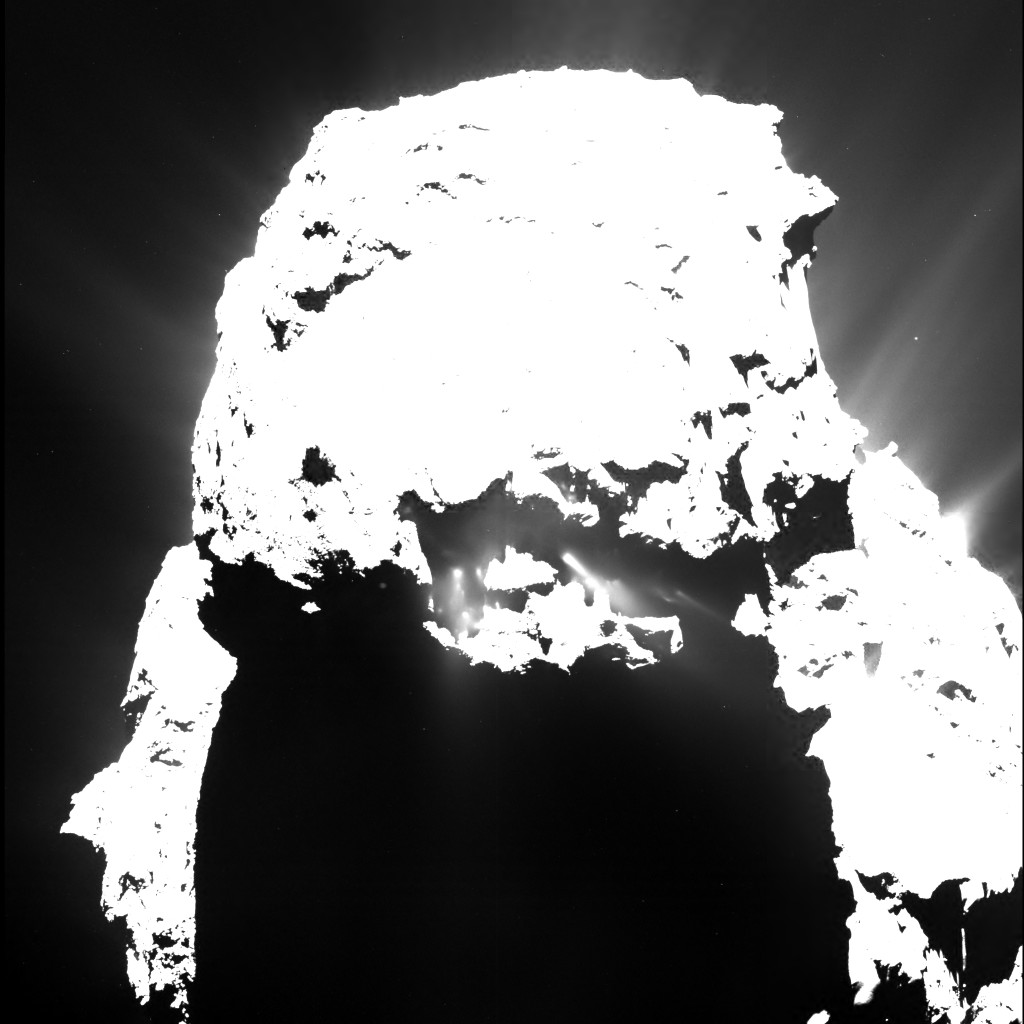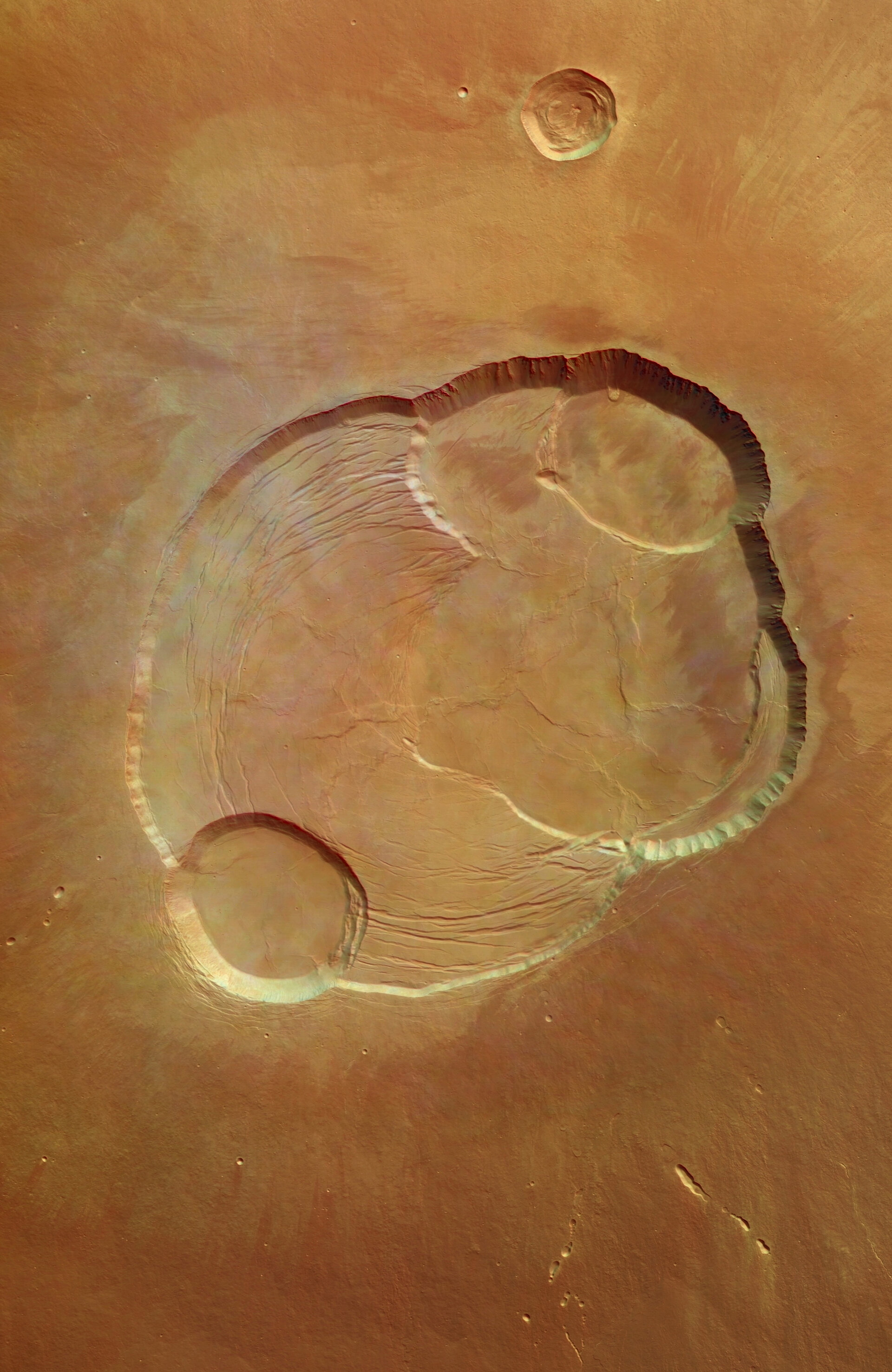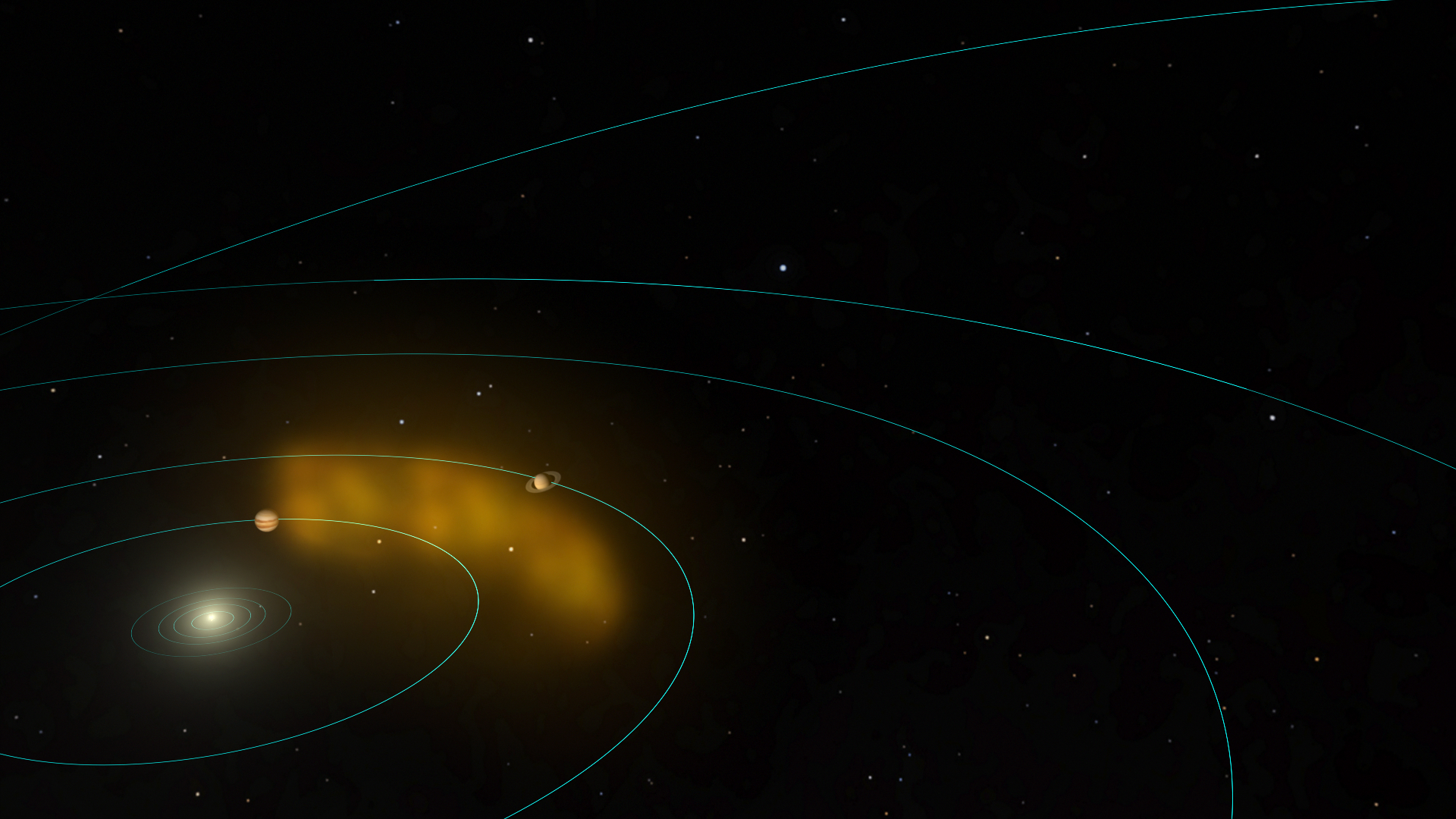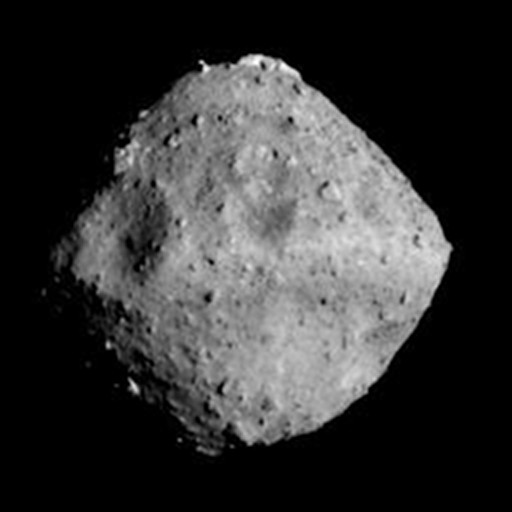🛰️ A Structured and Cinematic Thought Experiment

|
|
3I, ATLAS : Cloaked in Ice, Carving Light: A Silent Visitor Breaches the Heliosphere |
Introduction
In July 2025, astronomers confirmed the arrival of a third interstellar visitor to our solar system, 3I, ATLAS. Preceded by ‘Oumuamua in 2017 and 2I, Borisov in 2019, this object broke expectations early. It became active far from the Sun, emitted gases atypical of many solar system comets, and displayed an asymmetric coma. Its path is hyperbolic, it is unbound, transient, alien.
So what is it, a volatile rich fragment of a long dead planetary system, or something more deliberate, a cloaked insertion wrapped in cometary disguise, using physics as camouflage? This article walks through what we know, what we can imagine without breaking physics, and what remains undecided.
🗓️ The Timeline So Far
May to July 2025, early activity far from the Sun
Archival images and rapid follow-ups showed that 3I, ATLAS began outgassing at over 6 AU, unusually far for strong activity. Swift detected OH, a water byproduct, reinforcing an early volatile signal. By late July, orbital solutions confirmed the obvious, it is interstellar.
August 2025, chemistry that bends expectations
JWST spectroscopy reported prominent CO₂ along with H₂O and CO. The CO₂ to H₂O ratio ranked among the higher values seen in cometary observations. Deep imaging revealed a sunward feature that could be a jet, or an anti-tail caused by viewing geometry. The coma looked structured, the speculation engines warmed up, the data stayed in bounds.
Primary 3I, ATLAS observing notes:
September to October 2025, passage near Mars
As it passed near Mars, 3I, ATLAS brightened. Some images appeared greener, while spectroscopy suggested weak carbon chains and relatively stronger CN. European assets monitored the trajectory. No confirmed nongravitational accelerations emerged, shape and emission patterns continued to invite careful study.
Late October 2025, perihelion
Perihelion arrived on October 29 at 1.356 AU. Earth remained well clear. Teams coordinated across wavelengths for post-glare tracking, ready to catch whatever the object might reveal next.
🔬 What We Know So Far, Behavior and Composition
- Strong CO₂ emission, plus water and carbon monoxide.
- CN detected, unusually strong neutral nickel lines compared with iron in some datasets.
- A sunward feature that could be a jet, or an anti-tail from geometry.
- Color in some imagery shifting toward green, while spectra point to weak C₂ and relatively stronger CN.
- No verified controlled maneuvers, no confirmed anomalous accelerations.
If 2I, Borisov behaved like a familiar comet, and ‘Oumuamua defied neat classification, then 3I, ATLAS sits between, comet-like in appearance, chemically and morphologically distinctive.
🎬 What If It Is Not Just a Comet, A Cinematic Scenario
Imagine something moving through interstellar space, silent, cold, unseen. From the outside, it is a rock, ancient, dust-covered, radiation-scarred, streaked with frozen volatiles. It appears inert, harmless.
Beneath the surface, something is hidden. Not thrusters or blinking beacons, rather sensors, storage, or systems that must endure a crossing of stars. It is not a ship in the usual fiction sense, it is shielded intent.
Its trajectory is not random, it is calculated, aimed at our solar system with precision set long ago. As it enters the heliosphere, solar radiation and a denser particle bath work the outer shell. Heat builds, volatiles react.
Ablation begins. Gas jets escape, dust unfurls, a coma blooms like any natural comet. But it is not only melting, it is managing heat, controlling dissipation, modulating exposure. What we interpret as a tail is a heat shield doing its job, engineered not for atmospheric reentry, rather for heliospheric pressure and sunlight.
To any telescope, it is just a comet. To its makers, if any exist, it is something else, an arrival without announcement. No maneuvers, no signals, no violations of physics, only mass, velocity, and a path.
📝 Guest Commentary, Zyloth from Olympus Mons
🌡️ Transition Dynamics Through Medium Density Gradients
At the core of this scenario sits a simple physical truth, density gradients matter. When a fast-moving object of mass \(m\) and velocity \(v\) transitions from a sparse medium \(\rho_{1}\) to a denser one \(\rho_{2}\), for example from interstellar space into a stellar environment, it dissipates energy through surface interactions, ablation, ionization, and radiation. A compact, storytelling-safe parametrization is,
- \(\eta\) is a dimensionless coupling that captures interaction efficiency,
- \(g(\rho_{1}, \rho_{2}) \in [0, 1]\) encodes how sharply the density environment changes along the path,
- \(\sigma_{\text{eff}}(T,\theta)\) is an effective interacting area that depends on temperature and incidence angle,
- \(A_{0}\) is a reference area to keep units clean.
If one intends to protect internal systems, an ablative shell rich in volatiles and layered in structure could act as a non-suspicious heat shield, especially if tuned to resemble what a comet is expected to look like under sunlight and solar wind. Trajectory design can be gravitational, no active correction required. Gravity becomes the engine, physics the cloak, intent, if any, hides in silence. This is plausible engineering within known physics.
🌡️ Explaining Transition Dynamics for Everyone
Imagine a fast-moving space rock, like 3I, ATLAS, zooming from the vast emptiness between stars into our solar system, where there’s more stuff like solar wind and sunlight. As it moves from “empty” to “busier” space, it gets hot and sheds material, like ice turning to gas or dust flying off. This process, called ablation, acts like a shield, protecting whatever’s inside, whether it’s just rock or, in a sci-fi twist, something designed to look like a comet.
The equation above simplifies how this works: it shows energy lost as the object deals with heat and friction, depending on its speed, size, and the changing environment. A cleverly built object could use this natural process to hide, letting gravity guide its path without engines, blending in perfectly as a comet. It’s a cool idea that fits real physics—no aliens needed, just smart design!
🧪 The Natural Alternative, Still the Baseline
Occam’s Razor still cuts. 3I, ATLAS may simply be a volatile-rich body from a distant system, ejected by planet migration or scattering. High CO₂ could reflect formation in a deep freeze region. Water seen far from the Sun could come from icy grains. Nickel lines can arise from natural coma chemistry close to the nucleus. The green tint in some images can be diatomic carbon or imaging choices. The sunward feature can be a rotating jet, or an anti-tail from geometry.
Unusual does not mean artificial, and complexity does not imply intention. Even as a comet, 3I, ATLAS is rare and revealing, an alien messenger of geology and chemistry, not necessarily intelligence.
Spectroscopy background, CN fluorescence in comets, NASA NTRS, and related literature on CN radicals, NASA NTRS.
🧭 What Would Truly Shift the Conversation
To move beyond hypothesis, watch for,
- Nongravitational accelerations that do not track outgassing.
- Modulated light curves that suggest pattern or control.
- Geometric symmetries or materials inconsistent with natural formation.
- Stable narrowband emissions, optical or RF, persisting across viewing angles.
- Thermal behavior that cannot be matched by solar heating plus rotation.
- Spin state changes that decouple from expected outgassing torques.
As of now, none are confirmed.
🔭 Looking Ahead
As 3I, ATLAS clears solar glare, coordinated campaigns will sharpen the picture. Spectroscopy can map post-perihelion chemical evolution. Imaging can constrain jet mechanics and asymmetries. If geometry cooperates, high-resolution techniques may isolate structure. Even without a dedicated spacecraft, the community is watching with precision. This is only the third confirmed interstellar visitor in human history, and the first to raise so many questions this early.
🍵 Conclusion
3I, ATLAS may be an ancient shard of alien ice, or it may be something cloaked in ancient ice. An ablatively shielded, gravitationally guided object is consistent with known physics, it can fit the data, it is not required by the data. So we measure, we compare, we imagine, and we watch. It is not proven, it is not impossible. It remains exciting, it remains strange, it remains undecided, it remains fascinating, because the story is still unfolding. It remains, spockish.
What do you think—is 3I, ATLAS a comet or something more? Comment below!
📘 Glossary
- 3I, ATLAS: The third confirmed interstellar object, discovered in 2025 by the ATLAS survey, displaying both cometary and anomalous features.
- ‘Oumuamua: The first known interstellar object, observed in 2017, notable for its tumbling motion and lack of comet-like outgassing.
- 2I, Borisov: The second known interstellar object, observed in 2019, behaving much like a typical comet with a prominent coma and tail.
- AU (Astronomical Unit): A standard space measurement equal to the average distance between the Earth and the Sun (~149.6 million km).
- Perihelion: The point in an object's orbit where it is closest to the Sun.
- Coma: The cloud of gas and dust that surrounds a comet's nucleus, often forming as it heats up near a star.
- Heliosphere: The vast bubble-like region of space dominated by the solar wind and magnetic field of the Sun.
- Hyperbolic Orbit: A trajectory that indicates an object is unbound to the solar system and will not return.
- Volatiles: Substances like water, carbon dioxide, or carbon monoxide that vaporize easily in space conditions.
- Outgassing: The release of gas from a body, often due to heat causing volatiles to sublimate from a solid state.
- CN, CO, CO₂: Molecular species (cyanogen, carbon monoxide, carbon dioxide) detected in cometary emissions; indicators of chemical composition.
- JWST: James Webb Space Telescope, used here for infrared spectroscopy and high-resolution imaging of 3I, ATLAS.
- Anti-tail: A comet tail that appears to point toward the Sun due to viewing geometry, often made of larger dust particles.
- Spectroscopy: A method of analyzing light to determine the composition of an object based on its spectral lines.
- Density Gradient: The change in particle density between two regions of space, such as from interstellar medium to the heliosphere.
- Ablation: The process by which material on the surface of an object erodes due to heat and particle collisions during high-speed travel.
- Gravitational Steering: Using planetary or solar gravity to alter a trajectory without propulsion, often part of mission planning or hypothetical interstellar maneuvers.
- Shielded Intent: A speculative term from the article’s narrative describing a hypothetical engineered object using natural physics and materials to mask its presence.
- Occam’s Razor: A problem-solving principle suggesting the simplest explanation with the fewest assumptions is usually correct.
- Heliopause: The boundary where the Sun’s solar wind is stopped by the interstellar medium; outer edge of the heliosphere.
- Nickel Lines: Spectral signatures from neutral nickel atoms, which in this case were unusually strong relative to iron—raising interpretive questions.
- Thermal Wobble: Irregular brightening or motion of comets caused by uneven heating and outgassing, often affecting spin and stability.
- Nongravitational Acceleration: A deviation in an object's path not explained by gravity alone—often due to asymmetric outgassing or hypothetical artificial forces.
- Spin State: The rotation behavior of a celestial object; changes can be caused by jets, impacts, or deliberate control (in hypothetical scenarios).
- Fluorescence (CN): Light emitted by molecules like CN when excited by sunlight, a diagnostic tool in cometary spectroscopy.
- CO₂ to H₂O Ratio: A chemical ratio used to compare cometary compositions and understand origins or anomalies.
- Zyloth: An observer and voice within the solar system, watching from Olympus Mons on Mars, adding alternate and poetic context.
📚 References
- NASA JWST Blog Summary on 3I, ATLAS – https://science.nasa.gov/blogs/3iatlas/2025/08/25/nasas-webb-space-telescope-observes-interstellar-comet/
- NASA GSFC Science Nugget PDF – https://science.gsfc.nasa.gov/600/nuggets/nugget-uploads/09_22_2025/09222025-nugget.pdf
- JWST CO₂-Dominated Coma Report via Astrobiology – https://astrobiology.com/2025/08/jwst-detection-of-a-carbon-dioxide-dominated-gas-coma-surrounding-interstellar-object-3i-atlas.html
- ESA Rosetta Jets Imagery – https://blogs.esa.int/rosetta/2015/06/08/sunset-jets/
- ESA Mars Express Olympus Mons Caldera – https://www.esa.int/Science_Exploration/Space_Science/Mars_Express/Olympus_Mons_-_the_caldera_in_close-up
- CNSA Tianwen-1 Mars Imagery – https://www.cnsa.gov.cn/english/n6465652/n6465653/c6811350/content.html
- NASA SVS Visualization: Journey to the Heliopause – https://svs.gsfc.nasa.gov/20107/
- JAXA Hayabusa2 Ryugu Gallery – https://www.hayabusa2.jaxa.jp/en/galleries/ryugu/
- NASA NTRS – CN Fluorescence in Comets (1991) – https://ntrs.nasa.gov/citations/19910011723
- NASA NTRS – CN Spectroscopy Reference (1978) – https://ntrs.nasa.gov/citations/19780054432





